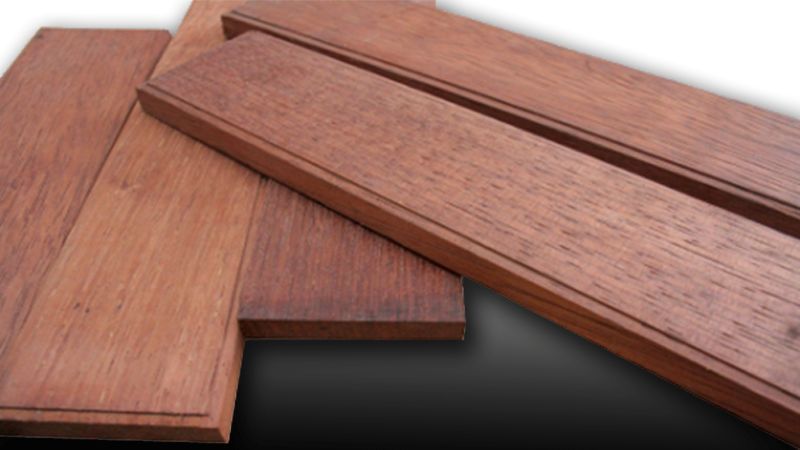
Reviving and Restoring Old Wooden Furniture, old wooden furniture holds a unique charm and character that adds a touch of history and nostalgia to any space. Whether you’ve inherited a family heirloom or stumbled upon a hidden gem at a flea market, reviving and restoring old wooden furniture can breathe new life into these cherished pieces. With some patience, care, and a few techniques, you can transform worn-out furniture into stunning focal points. Here’s a step-by-step guide to help you in the process.
Assess the Condition:
Before starting any restoration project, carefully assess the condition of the furniture. Look for signs of damage, such as cracks, splits, loose joints, or missing parts. Take note of any major repairs that need to be addressed.
Clean the Surface:
Remove years of dirt, grime, and old finishes from the furniture’s surface. Begin by dusting off loose debris and then gently clean using a soft cloth or brush. For stubborn dirt or residue, use a mild detergent mixed with warm water. Avoid using harsh chemicals that may damage the wood.
Strip the Old Finish:
If the furniture has a previous finish that is cracked or worn, stripping it off is necessary to create a clean canvas. Choose a suitable paint or finish stripper based on the type of existing finish. Follow the manufacturer’s instructions for application and use a scraper or steel wool to remove the softened finish.
Repair Damaged Areas:
Address any structural issues or damaged areas of the furniture. Use wood glue to fix loose joints or broken pieces. Fill cracks, gaps, or holes with wood filler, and once dry, sand the repaired areas until smooth. Replace any missing hardware or decorative elements, ensuring they match the original style.
Sanding:
Sanding is a crucial step to achieve a smooth and even surface for refinishing. Start with coarse-grit sandpaper and gradually move to finer grits. Sand along the grain of the wood, paying attention to detail areas and hard-to-reach corners. Remove all traces of the previous finish and any remaining imperfections.
Choose a Finish:
Decide on the type of finish that suits the style and intended use of the furniture. Options include stain, paint, or clear varnish. Stains enhance the natural beauty of the wood, while paint can provide a fresh, updated look. Clear varnish or lacquer can protect the wood and bring out its natural luster. Test different finishes on a small, inconspicuous area to ensure the desired result.
Apply the Finish:
Following the manufacturer’s instructions, apply the chosen finish evenly and smoothly. Use a brush, sponge, or cloth, depending on the type of finish. Apply multiple thin coats rather than one thick coat for a more professional finish. Allow each coat to dry completely before applying the next. Sand lightly between coats for a smooth finish.
Protect and Maintain:
Once the finish has fully cured, protect your restored furniture by using coasters, placemats, or felt pads to prevent scratches and moisture damage. Clean the surface regularly with a soft cloth or mild soap and water. Avoid placing the furniture in direct sunlight or exposing it to extreme temperature or humidity changes.
Remember, restoration projects require time, effort, and attention to detail. Take your time, work in a well-ventilated area, and use appropriate safety gear when handling chemicals or power tools. With patience and careful craftsmanship, you can revive and restore old wooden furniture, preserving its beauty for generations to come.






